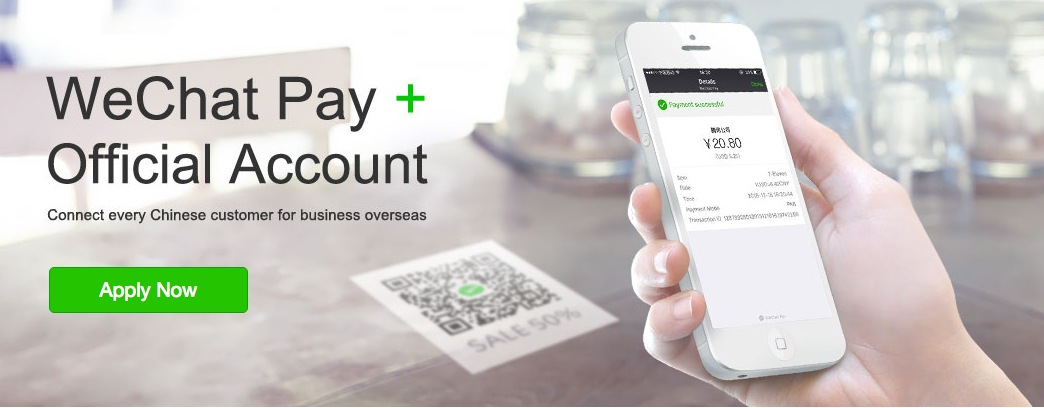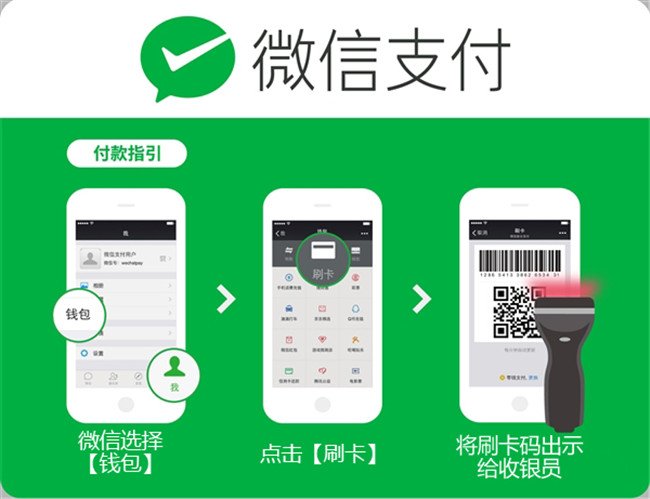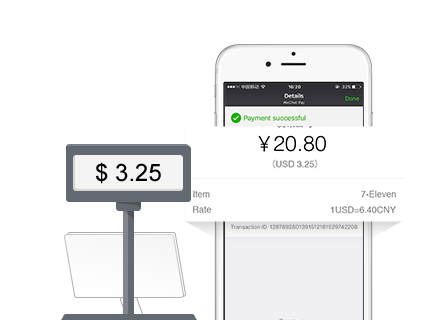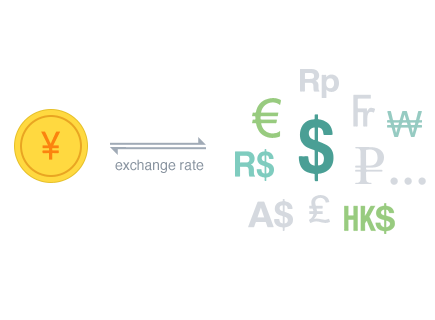Earlier in January, WeChat announced that WeChat Pay is available to overseas vendors.
WeChat Pay is an in-app payment that allows WeChat users to pay transactions quickly on their mobile phones. Customized for WeChat users, WeChat pay not only provides a seamless and secure payment experiences to users, but also offers fully optimized O2O business model to increase consumption experience and business growth for business owners.
If you’re a foreign business owner that are looking at entering China market, WeChat eCommerce platform that supported fully by WeChat Pay could be promising. Here are top 3 things you can expect after adopting WeChat Pay:
1. WeChat user base in China: huge, and still growing
The rise of WeChat eCommerce has been nothing but revolution in China: with 600 million total users and numerous daily active users, the social platform will provide your business with unlimited opportunities. As the most popular instant messaging app in China, WeChat builds a unique social community for its users across the globe.
The truth is WeChat Pay has become a part of daily life. With WeChat Pay enabled on mobile phone, users can makes transaction payments at any time and anywhere. By now, WeChat Pay can be used almost everywhere, such as ordering taxi, grocery shopping, and paying electricity bills.
Therefore, to connect with WeChat pay will bring your brand directly in front of numerous Chinese shoppers on WeChat even if your business is currently out of China.
2. Various Payment Methods options
Different customers in China have their own ways to complete transactions. Supporting multiple payment options, customers in China can use WeChat Pay at anytime anywhere.
More exactly, WeChat can handle every single method your users want to pay, whether it is via Quick Pay, QR Code, In-App Web-based, or Native In-App Payments.
One of the most popular payment options for overseas WeChat ecommerce is QR Code payment. Basically WeChat eCommerce will generate different QR codes for different items. After users scan these codes through their cellphone, they can see related product information and transaction guides on their phone.
Besides, since transaction is completed in WeChat circle, as an oversea vendor your product messages and other information messages will be pushed directly to customers through WeChat. With WeChat Pay enabled, followers can directly purchase products on the shopping page.
3. Cross-border Settlement Will Save your Time
For foreign enterprises, settlement could be one of the most important things. WeChat Pay will be appreciated because it supports settlement across major foreign currencies.
The concept is simple: Customers can pay in CNY, but the transaction is settled in a foreign currency. Major currencies are included but not limited to: GBP, HKD, USD, JPY, CAD, AUD, EUR, NZD, KRW. WeChat Pay will settle each transaction with foreign vendors based on the price in local currency.
Even your business is using unsupported currencies, no need to worry: transactions can be made in US dollar. This move will attract foreign investors to seek their China eCommerce strategy on WeChat.
Conclusion
To every marketer in China, understanding the fast-changing Chinese digital marketplace is very important. As a global technology solution provider, TMO Group will be glad to service medium & large enterprises with cutting-edge solutions on eCommerce, O2O, Mobile and Cloud value-added services.
Please contact TMO Group, if you wish to make a greater impact on digital commerce results.
You May Also Like:
5 Vital Features your WeChat eCommerce Need in 2016
WeChat eCommerce Platform: The good, the Bad and the Solution
TMO Group Attended Digital Marketing Event; Explained WeChat eCommerce




